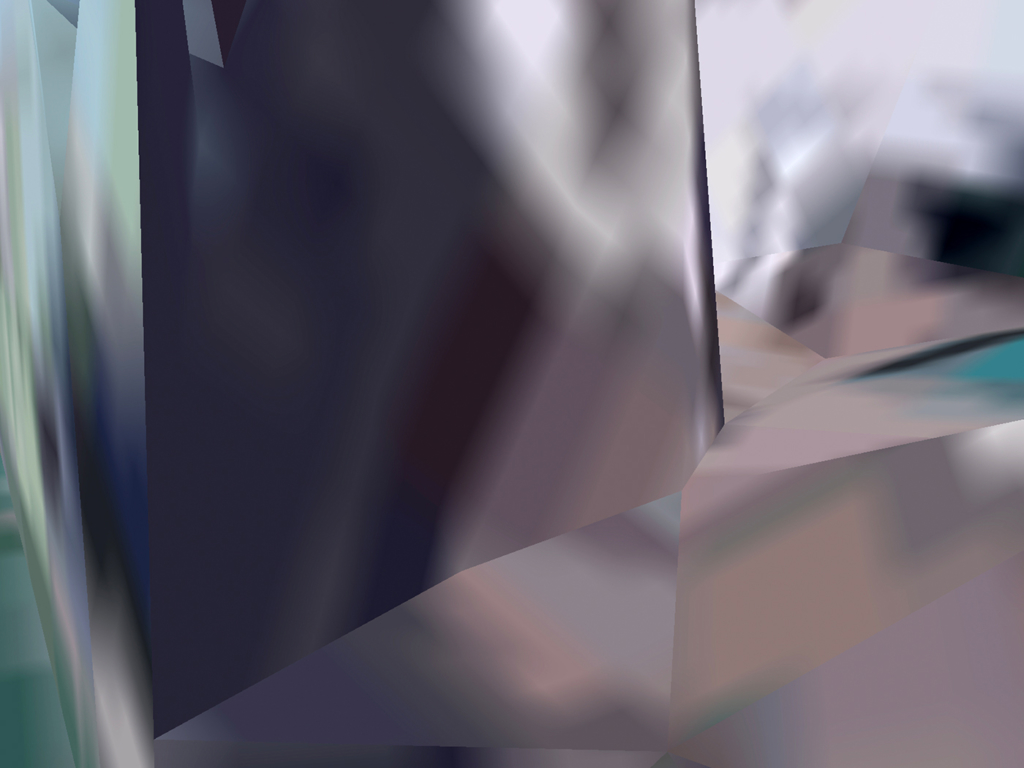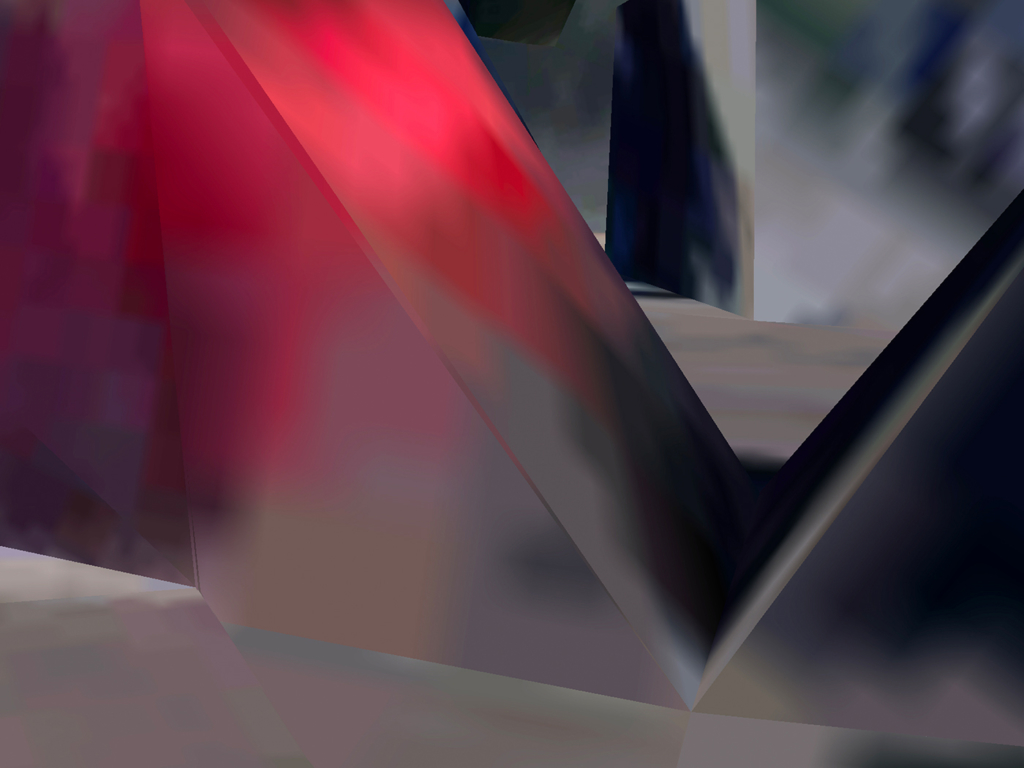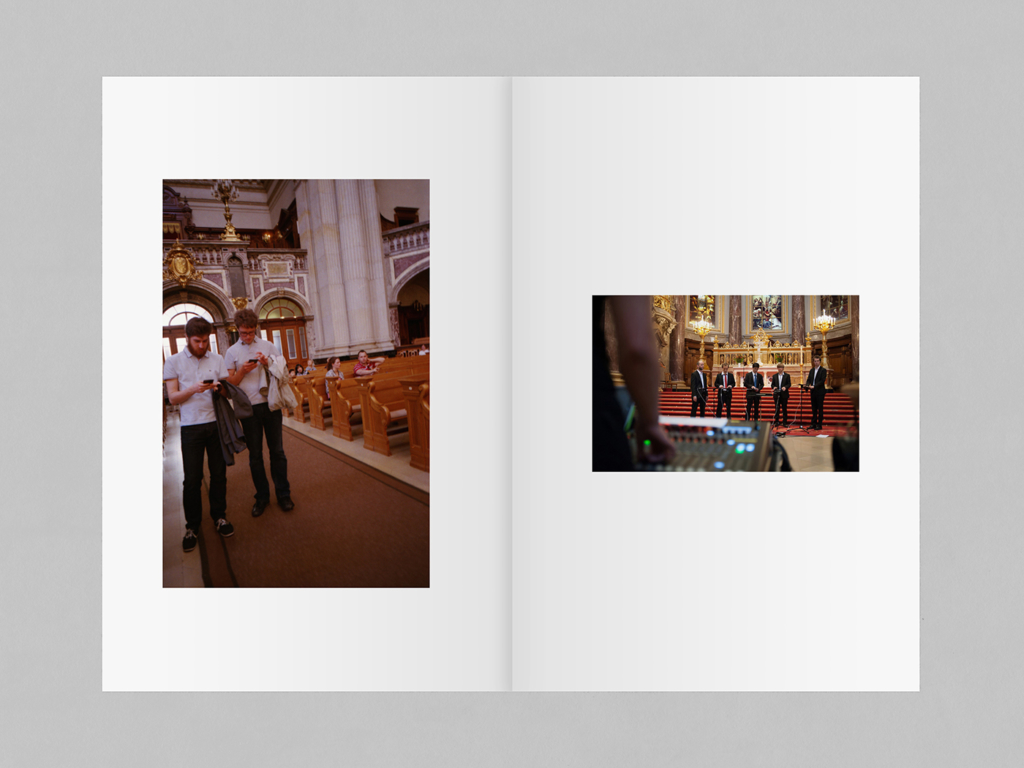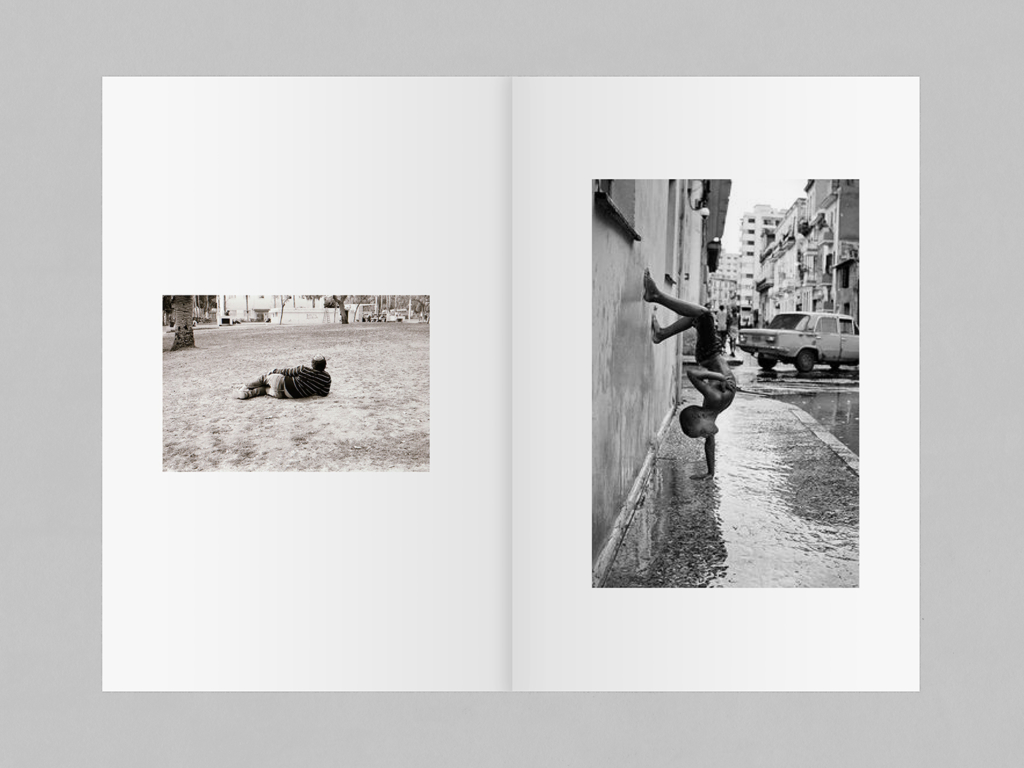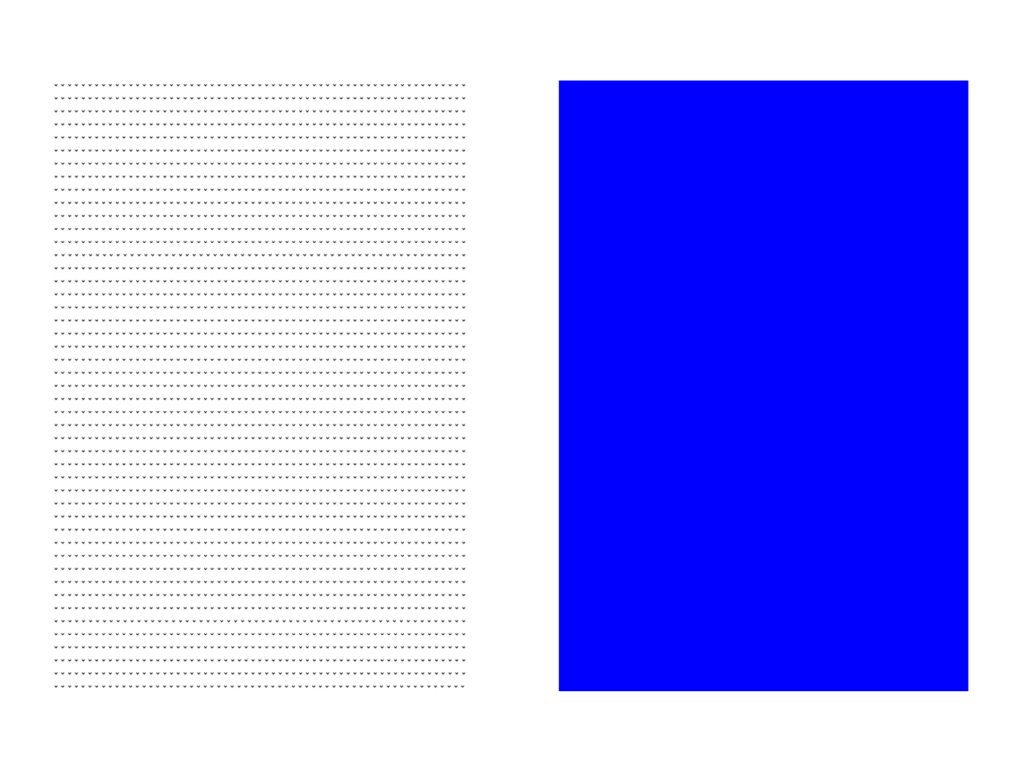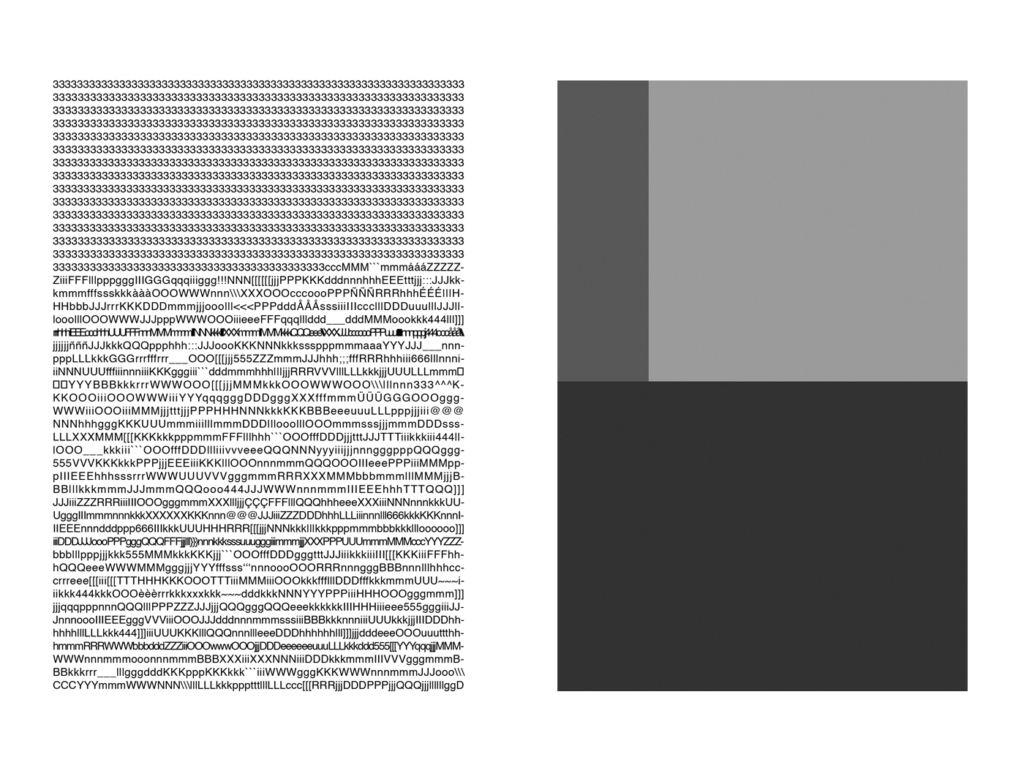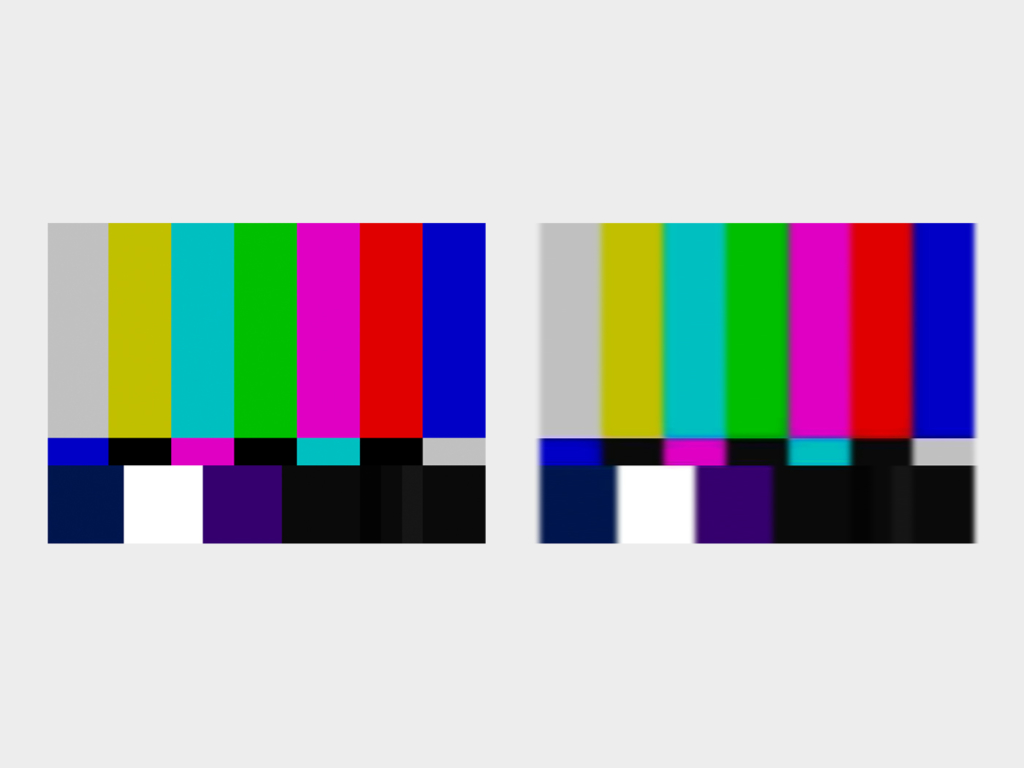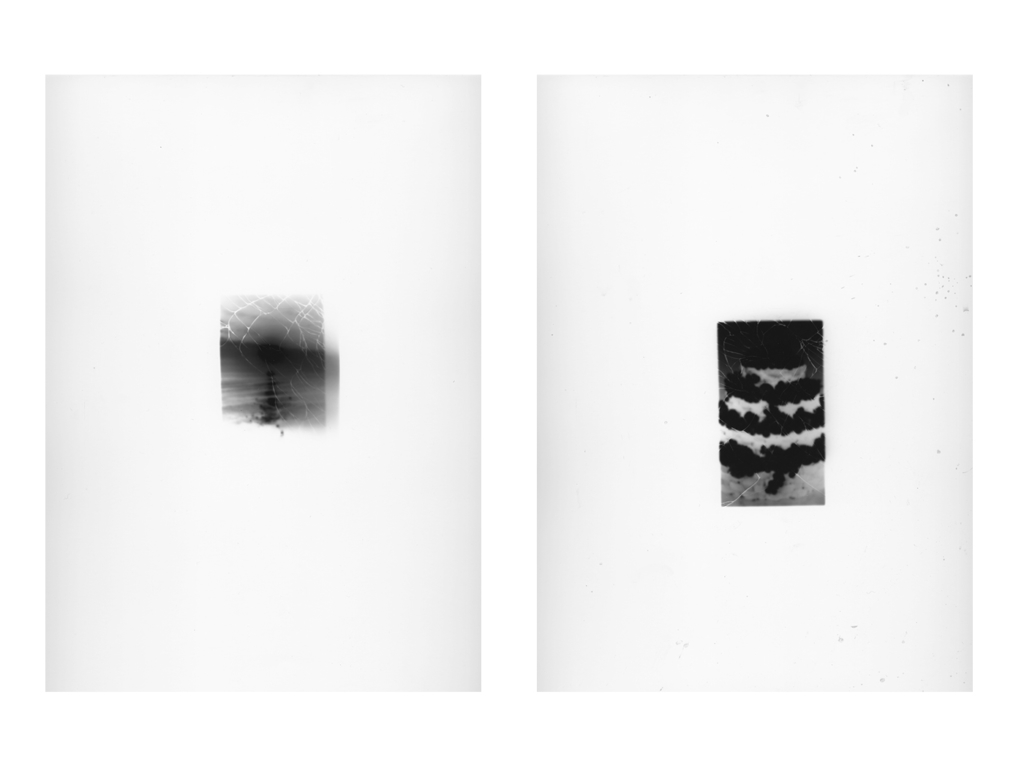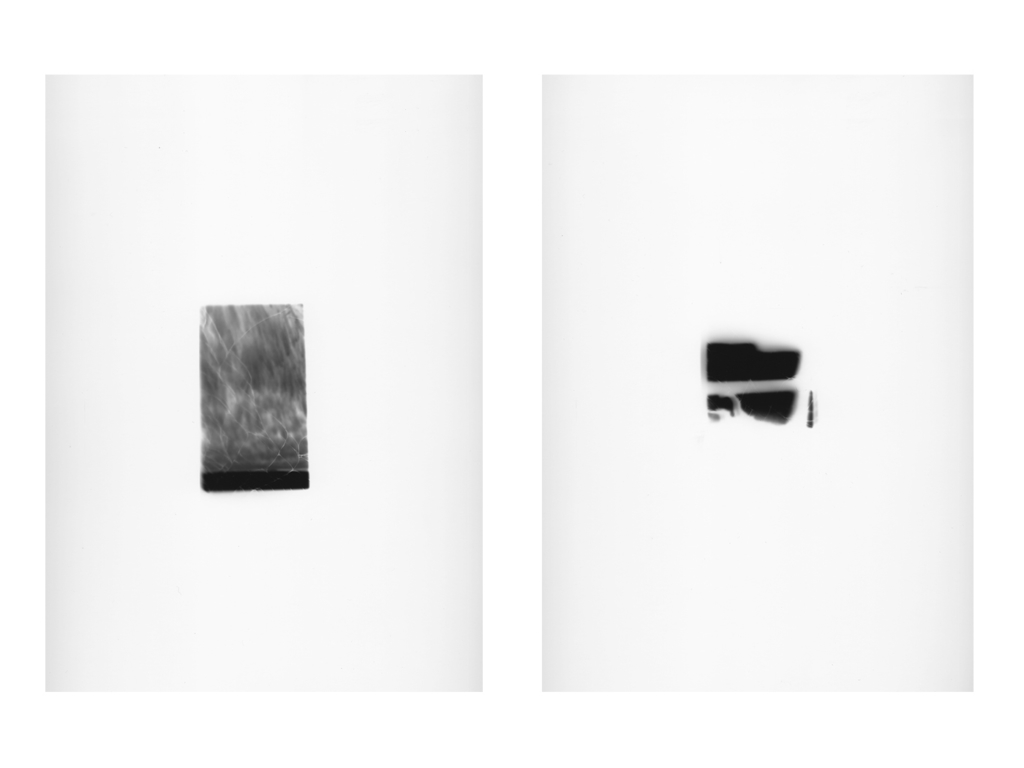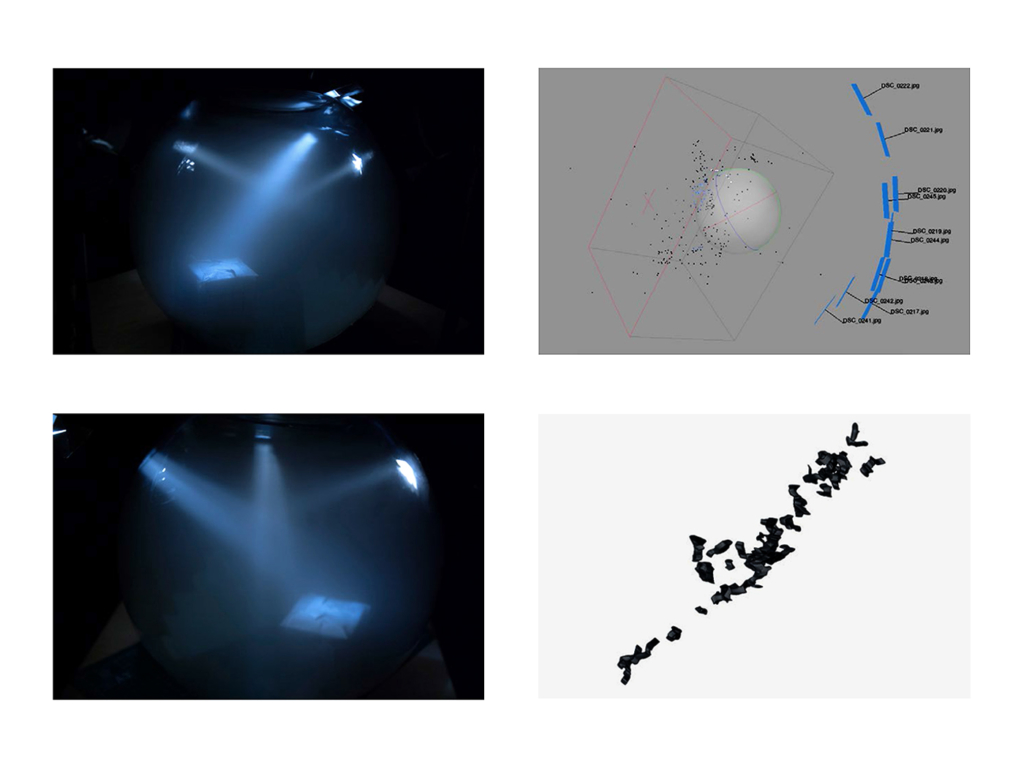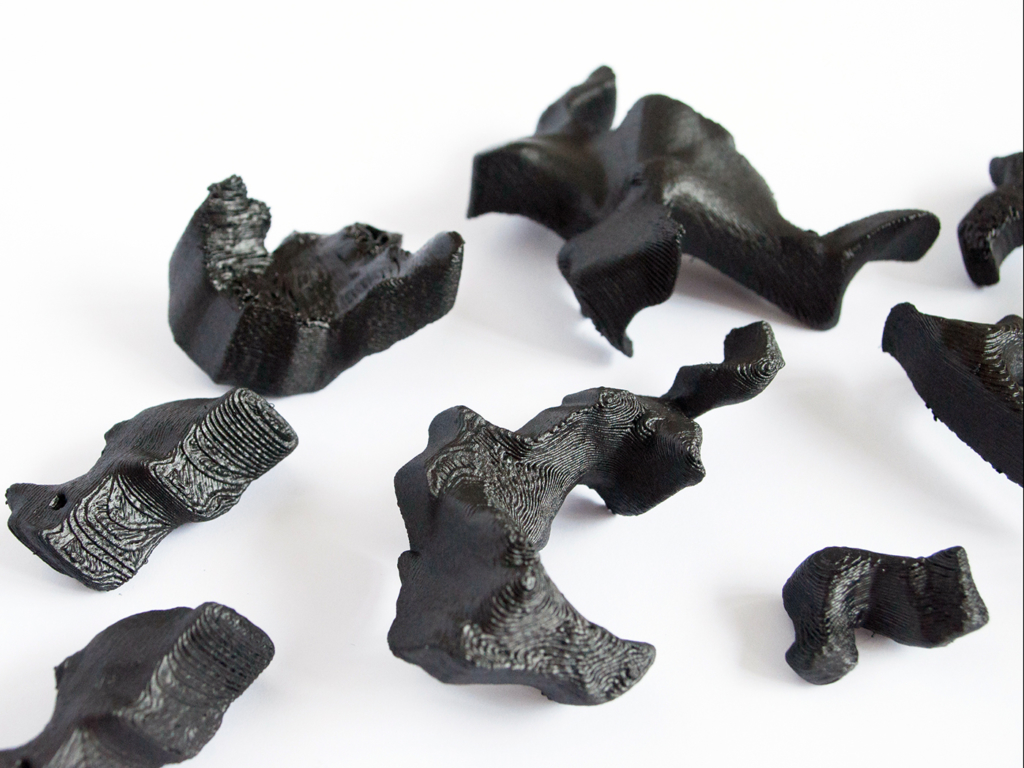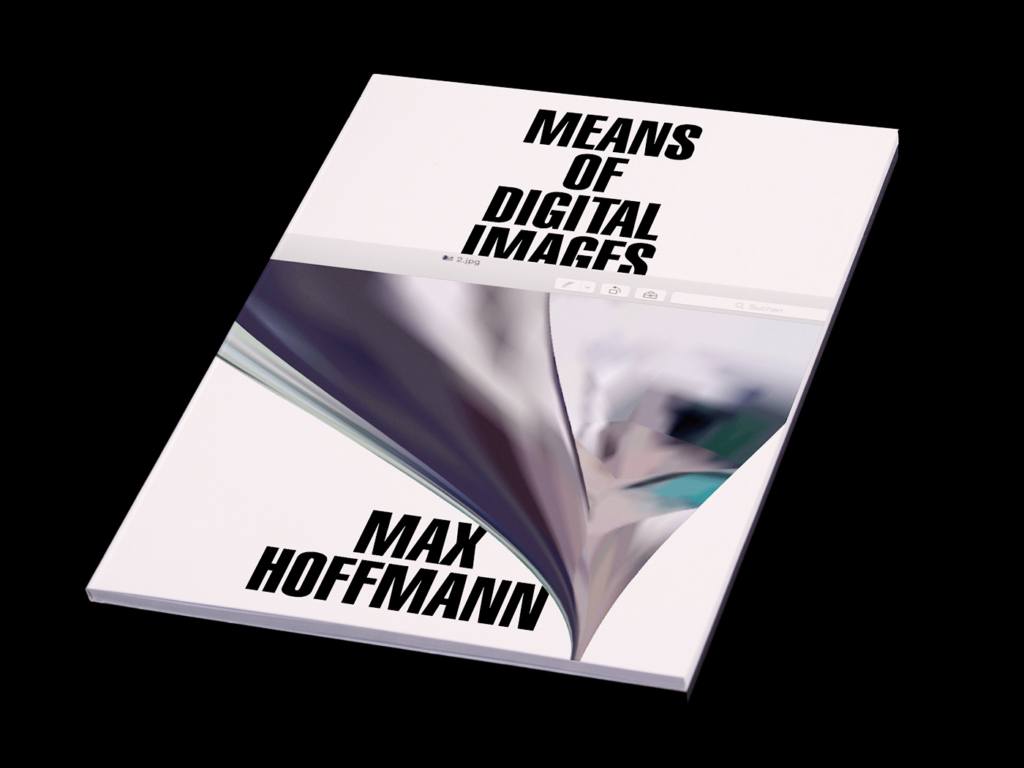KISD graduate Max Hoffmann and his BA thesis “Means of Digital Images“ has been ranked “First Place“ of Kölner Design Preis 2016. The both theoretical and experimental thesis, supervised by Prof. Dr. Carolin Höfler, analyzes the topic of “photography“ and its transition from analog to digital image production.
After the emergence of digital technologies and applications in the 1980s, photography was considered to be in a long-term crisis. Digitization and commercialization were the tools that seemed to put a final end to it. However, photography became more prevalent than ever before. Today, photo-based images are core elements of interactive systems that by their ubiquity seem to control almost every segment of functional areas and spheres of life. Given this simultaneity of photography’s rise and fall, Max Hoffmann deals with the question on how digital images originate, which information they deliver, and what they allow us to see and recognize. Thereby, he follows both a theoretical and practical track. By means of a five photo-based picture series and a computer-generated object, Hoffmann explores different stages of data processing, illustrates various steps of image production techniques, and analyzes alternating perspectives of view and perception.
In the series The Sound of Downloading Makes Me Want to Upload, he deals with the formal implications of image compression which is used by the social media platform Facebook. The series Simulated Reality results from the analysis of the software Google Earth and shows digital modeling tools and techniques of portraying supposed urban realities. Presented in book-form, another piece coping with Google algorithms is the series In Conversation with Google, which analyzes the operating modes of Google’s image search and which at times provides bizarre examples of linked images. The series Text + Image covers converting options for pictures into texts. Digital data is coded into numbers which can be transformed into different sensory formats such as graphics, color, or typefaces. Thus, this series aims at making tangible these transformation processes. On the contrary, the assignment Phonograms deals with the materiality of digital images which becomes particularly noticeable by broken glasses of smartphone displays. Hoffmann captures these breakage screen images by means of analog photograms and thereby gives them a new kind of objectification. Last but not least, and put into a trail of light, Hoffmann also shows the enduring character of the paradigm of photography by the sculptural piece of Figures of Light. By means of 3D-scanners, light rays are recorded and transferred into digital forms which are subsequently three-dimensionally printed.
It is one of the most fundamental changes triggered by digital photography that the photographically-generated image has then turned into a piece of information itself. Concurrently, the digital image weakens the overall concept of photography as an indexical and distinct identification mark that entails a physical bond to the things it portrays. As a result, digital photography now does double duty. To that end, Hoffmann conceives an idea of the digital image which is both emblematic and material and which gains its significance not until it is put in correlation to analog photography.
